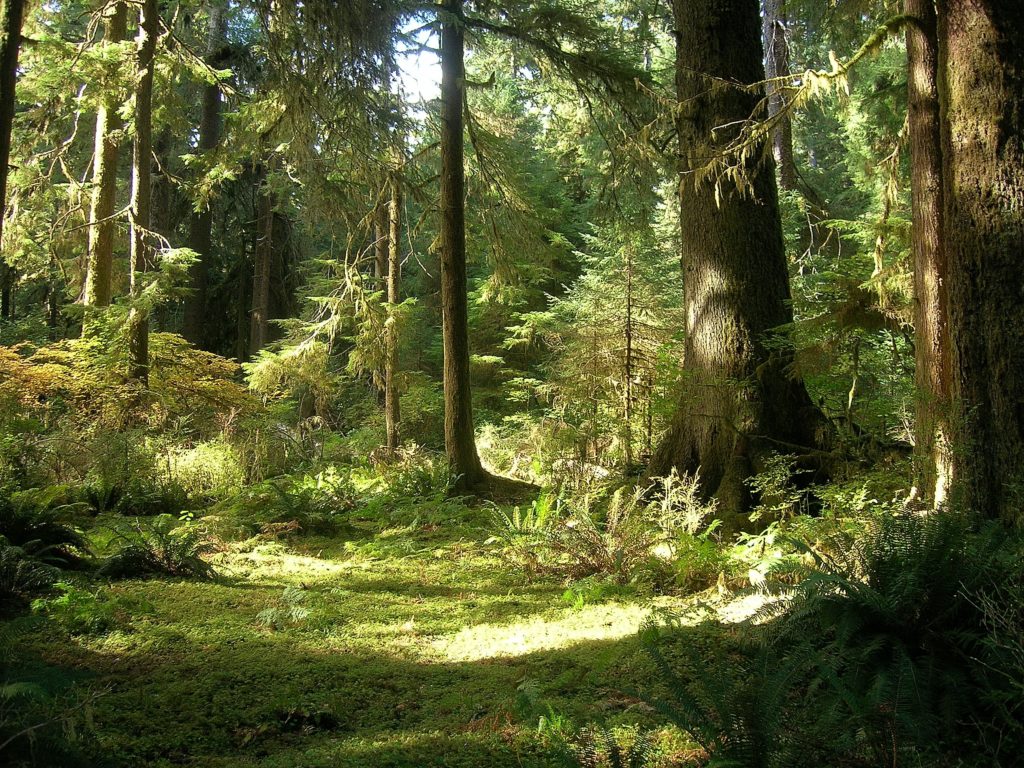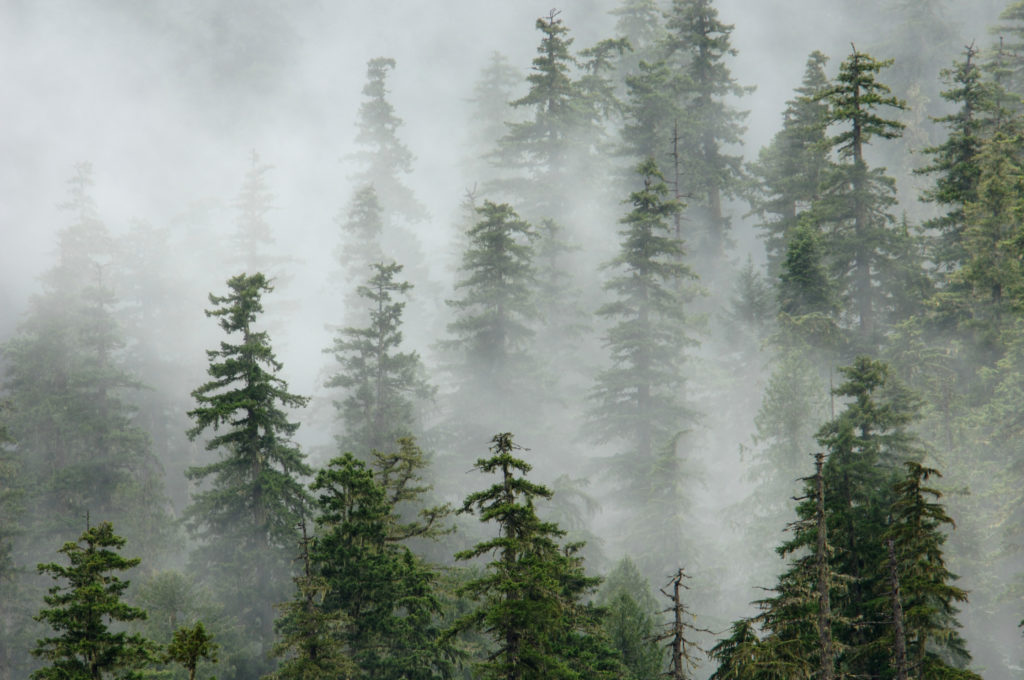Management To Encourage Old Forest Characteristics

Written by Zander Evans
It’s no surprise to Guild members how important old growth forests are. They play essential roles in wildlife habitat, species diversity, hydrological regimes, nutrient cycles, carbon storage, and numerous other ecological processes. The unique structures and attributes of old growth forests increase species diversity by providing habitat for plant and animal species such as lichen, bats, birds, and mammals that are not found in other forest types. Though it is hard to measure quantitatively, old growth forests are also important because of the sense of awe they inspire, for recreation, and spiritual values.
For forest stewards, old growth forests can provide an important model for sustainable management. The Guild’s principles underscore that responsible forest management imitates nature’s dynamic processes and minimizes impacts when harvesting trees and other products.
 Because of the importance of old growth forests, managers and scientists have explored active management techniques that can encourage younger forests to develop old growth attributes in a shorter time frame than simply waiting for the forest to grow old and large on its own. Managing maturing forests to include large live trees, standing dead trees, large downed logs, and structural diversity can help support wildlife and plants that depend on old growth. Areas managed for old forest characteristics can improve connectivity between existing old growth stands or can act as buffer zones between more intensively managed forests and old growth stands. Working to encourage these attributes also increases carbon storage and regeneration compared to conventional management. Where appropriate, management to foster old forest characteristics may help offset the global decline of old growth forests.
Because of the importance of old growth forests, managers and scientists have explored active management techniques that can encourage younger forests to develop old growth attributes in a shorter time frame than simply waiting for the forest to grow old and large on its own. Managing maturing forests to include large live trees, standing dead trees, large downed logs, and structural diversity can help support wildlife and plants that depend on old growth. Areas managed for old forest characteristics can improve connectivity between existing old growth stands or can act as buffer zones between more intensively managed forests and old growth stands. Working to encourage these attributes also increases carbon storage and regeneration compared to conventional management. Where appropriate, management to foster old forest characteristics may help offset the global decline of old growth forests.
 Managers interested in encouraging old forest attributes need to consider contemporary stressors, such as the changing climate and invasive species, that may make emulating old forests more difficult. Promoting old forest characteristics can also present different operational challenges and risks than traditional forestry. For example, retention of large, downed logs can make driving through the stand difficult and snag retention increases the risk to forest workers.
Managers interested in encouraging old forest attributes need to consider contemporary stressors, such as the changing climate and invasive species, that may make emulating old forests more difficult. Promoting old forest characteristics can also present different operational challenges and risks than traditional forestry. For example, retention of large, downed logs can make driving through the stand difficult and snag retention increases the risk to forest workers.
The Guild is hosting a series of webinars to discuss the opportunities, challenges, and techniques for encouraging old forest attributes. In case you missed it, Guild member Dr. Bill Keeton presented Managing for Old Growth Characteristics in Temperate Forests Globally last year. Coming up soon are two more webinars on management to encourage old forest characteristics:
- Accelerating the development of structural complexity, January 27
- Managing for the parts of the sum, February 24
